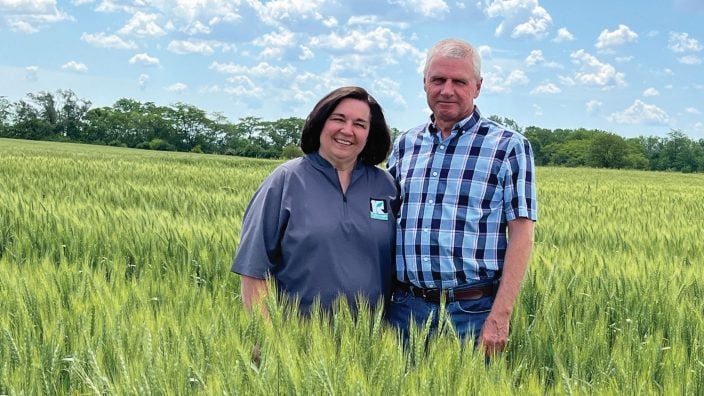Property tax policy under discussion
OFBF annual meeting delegates will discuss how or if current Farm Bureau policy should be modified in light of various property tax proposals.
Read MoreWith the pressure on Ohio farms, perhaps the most important way farmers can afford to keep farming is with the protection of CAUV.
“This is our soul.”
Nicol Reiterman makes that declaration as she navigates the backroads of Mount Sterling, driving from her family’s retail store in town back to the row crop operation her husband, Mike, farms on his family’s land. Interwoven into a conversation about farming, community and grandchildren is the comment that brings into focus the general feeling about farming and farm life.
The bearded wheat looks full, thick and healthy as it waves in the late May breeze. The Reitermans raise corn, soybeans and wheat on about 1,400 acres. Much of their acreage straddles the Madison/Fayette County line about 30-40 minutes southwest of Columbus.
In her neck of the woods, commercial development is coming fast and going big. Whether it’s the Honda lithium battery plant being built in Fayette County or the thousands of acres a company connected to Bill Gates purchased in Madison County for a massive solar installation, perhaps the most important way farmers can afford to keep farming is with the protection of CAUV.
“Crop prices aren’t going up, but inputs are going up,” she said. “Without CAUV, I don’t know if our size farm would be able to absorb the (property tax) increase.”
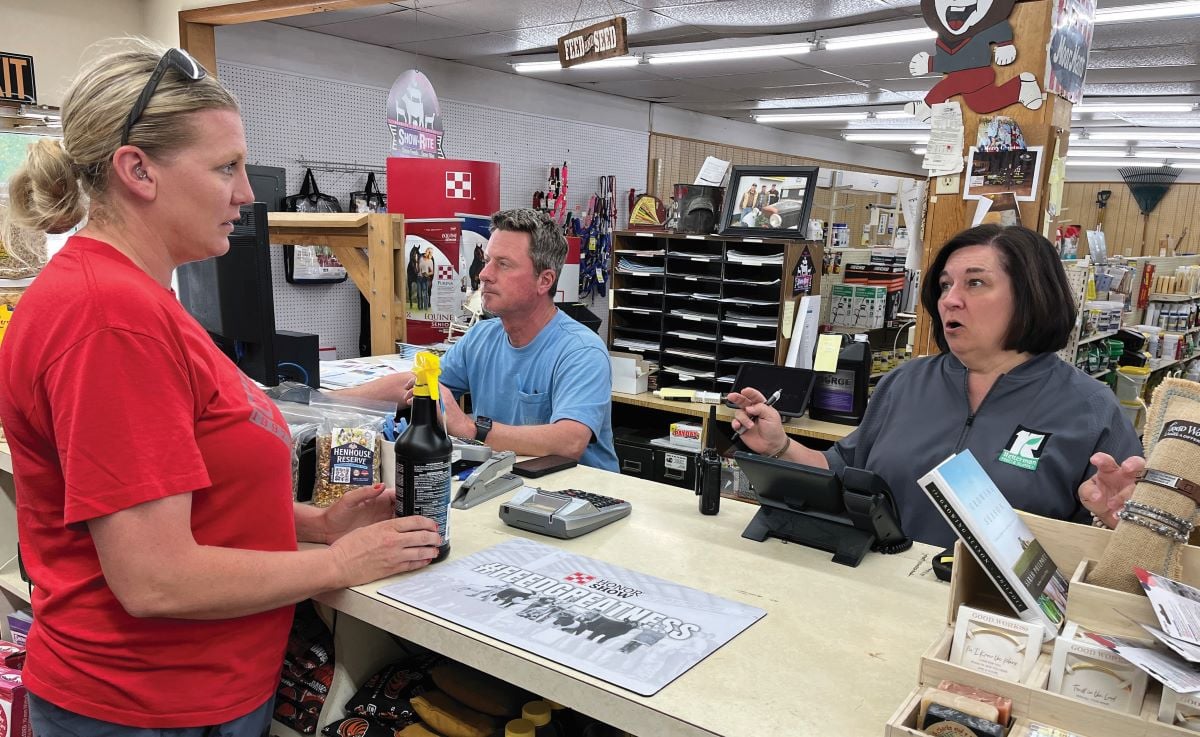
As District 19 trustee for Ohio Farm Bureau, Reiterman represents the interests of Farm Bureau members from Clinton, Fayette, Greene and Warren counties. She and Mike live in Washington Court House, and she’s been a member of Fayette County Farm Bureau for more than 30 years. She is a fifth-generation farmer and Mike is a fourth generation farmer. Except for their youngest daughter, who lives in Oklahoma, their kids and three grandchildren all live relatively close by.
In addition to farming, the Reitermans own and operate Reiterman Seed Farms, where Nicol serves as co-manager of the family-run Reiterman Feed & Supply store with her brother-in-law John Reiterman.
Nicol calls out to customers by their first name as they walk through the door. Over the 25 years she has helped run the store, she has witnessed a lot of change. The commercial livestock industry in the community has largely dried up, she said, but show stock and 4-H livestock projects remain robust in the area with smaller part-time farms making up much of their clientele.
“The core of our business is farmers, but the demographics have changed,” Nicol said, noting the pet owners and lawncare enthusiasts also make up a hefty portion of their retail store’s customer base. “The core is still livestock, but it is not what keeps the store open. We are a store for everyone, but if we didn’t have our farmer base we wouldn’t keep our doors open.”
The Reitermans got out of the cow/calf operation they once had about a decade ago. Nicol sells feed and supplies from the trailer at jackpot shows and county fairs several times a year.
The savings from CAUV has a ripple effect. The corn that Mike grows on the family farm is what stocks the shelves. Her neighbors and customers keep her feed and supply store in business.
As a Farm Bureau trustee and retail business owner, she thinks about the impact development pressure has on her region. Yet she and Mike both note that beyond the desire to just keep farming, those who want to expand their acreage and buy farmland in today’s economic climate often find the price of doing so prohibitive. Farmland preservation is a key reason for CAUV sustainability as well.
“Prices have tripled,” she said. “The average farmer is not able to get their hands on (farmland) anymore. We’re not making more farmland, but we’re feeding more people. There is a cost if farmland keeps getting taken away.”
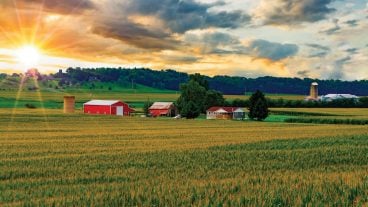
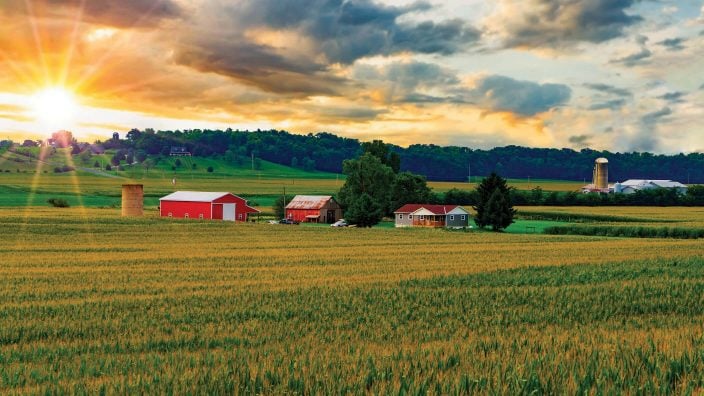
OFBF annual meeting delegates will discuss how or if current Farm Bureau policy should be modified in light of various property tax proposals.
Read More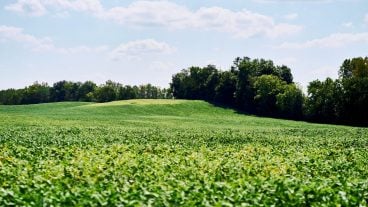
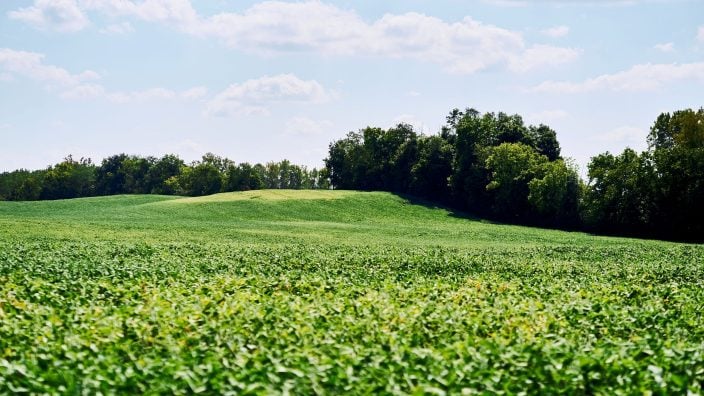
In 2025, about 21 counties are going through a reappraisal or update, and because Ohioans pay taxes one year behind, they will see new property tax bills in January 2026.
Read More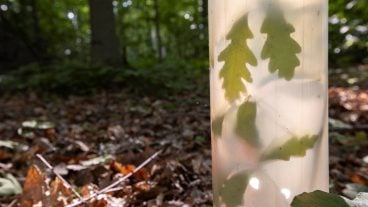
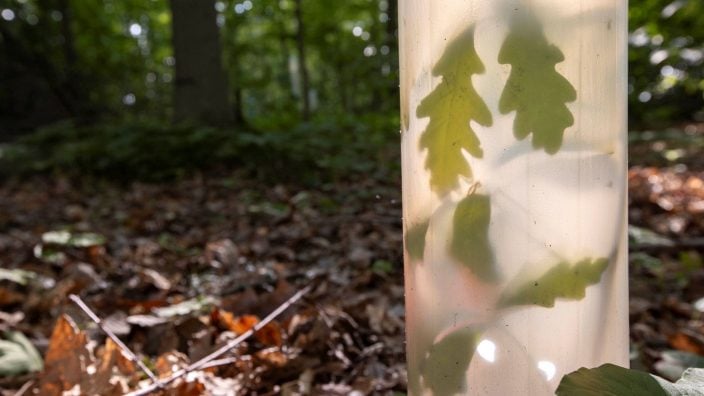
Overall, proper care, maintenance and communication are all essential parts of the process when it comes to trees.
Read More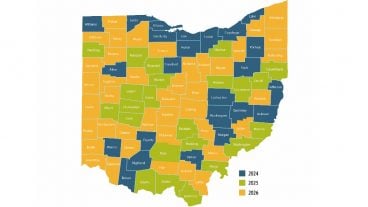
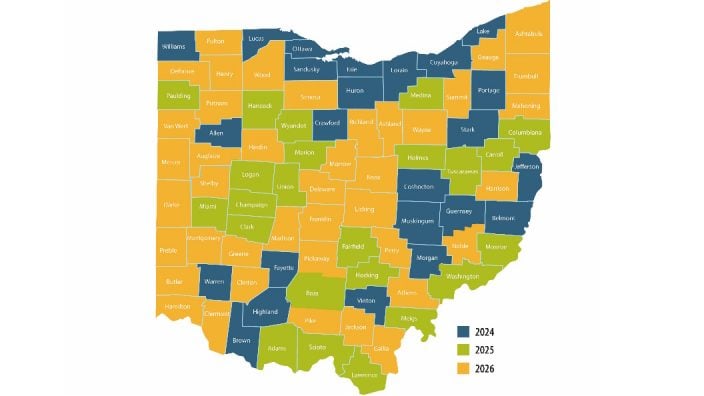
This will apply to the 23 counties on the revaluation cycle in 2025, who will see updated values and tax bills in January 2026.
Read More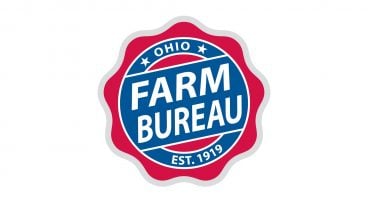
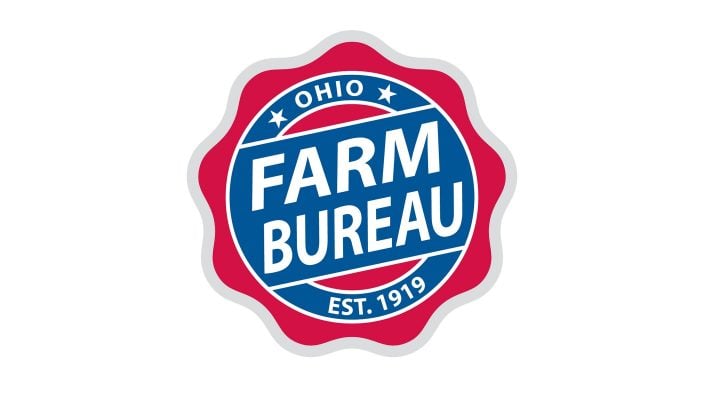
‘We never stop pushing to ensure farmland taxation is fair and reflects the realities of agriculture.’ ~ Mandy Orahood
Read More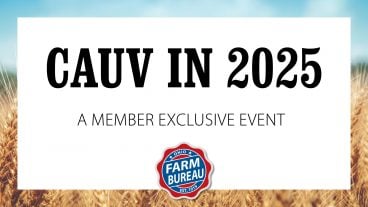
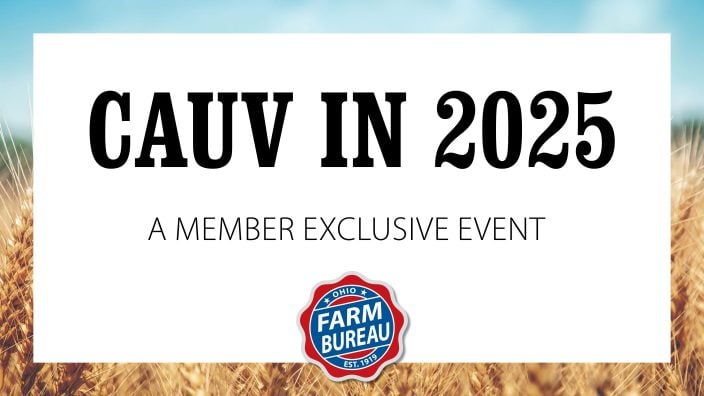
In this recording, learn about the recent increases in Ohio CAUV values, gather information to help you understand the property tax system, and get an update on legislative action.
Read More

Join us for an informative session March 8. Experts will explain recent changes, answer your questions, and help you better understand how CAUV impacts you.
Read More
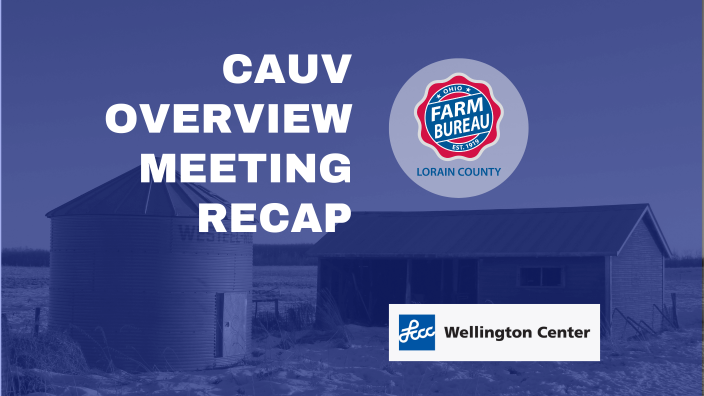
Lorain County Farm Bureau hosted a CAUV meeting Jan. 30, 2025 at LCCC Wellington Center presented by the Lorain County Auditor’s Office and Lorain County Farm Bureau.
Read More

Join Ohio Farm Bureau for a free webinar Feb. 11 to discuss the recent increases in CAUV values, Registration is required.
Read More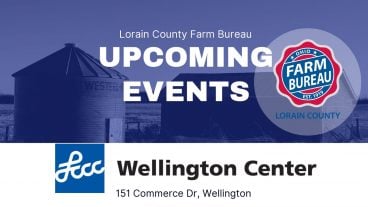

Join us Jan. 30 for a CAUV Overview Meeting at Lorain County Community College.
Read More